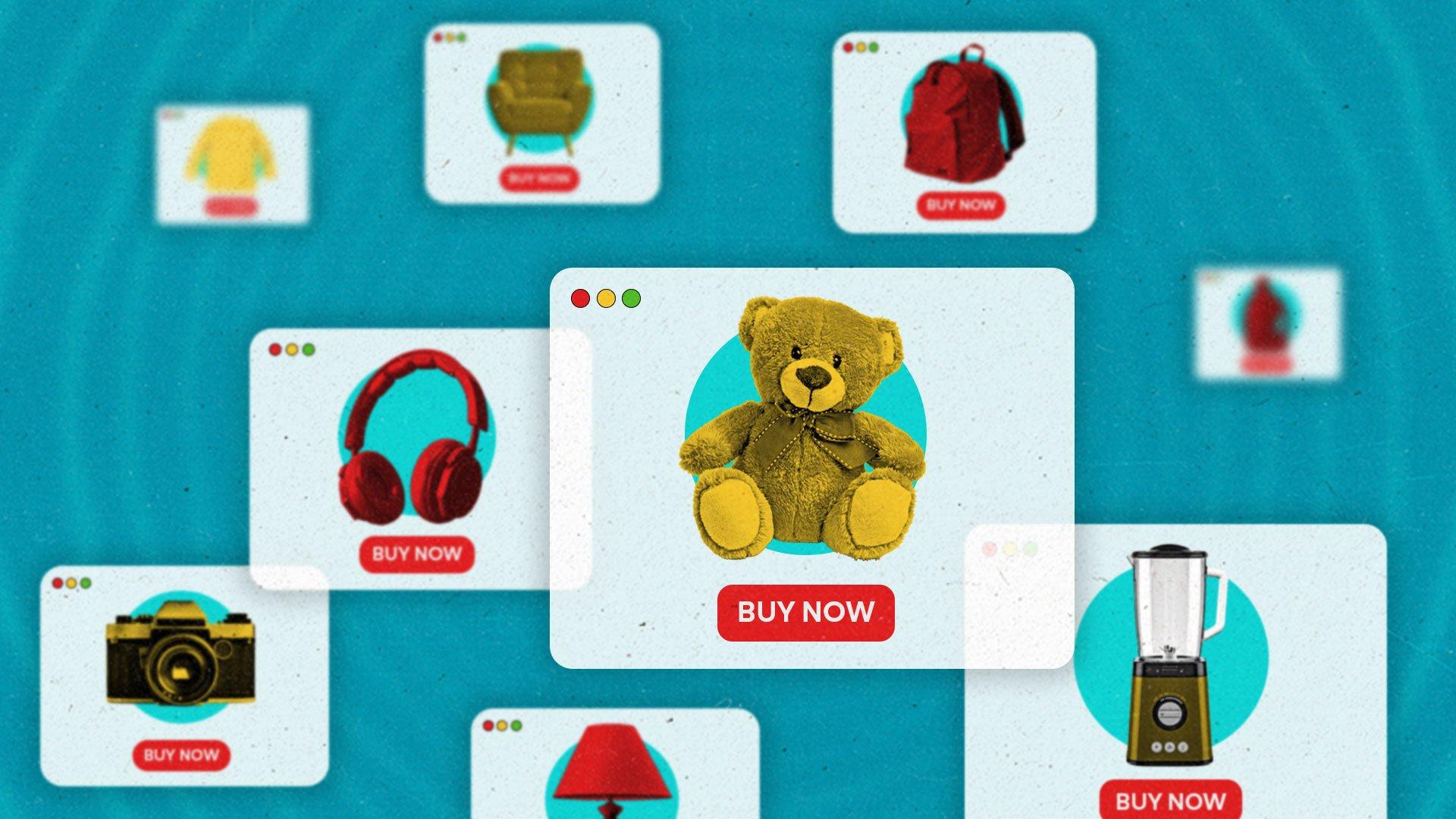Why the advertising world’s holding companies are betting big on retail media

Illustration by Nick DeSantis / Getty / The Current
The launch of the Walmart DSP is one of the most significant events to happen this year, industry leaders at several of the largest advertising holding companies tell The Current, as it will serve as the catalyst that ultimately puts retail media in the same conversation as other prominent channels such as search and social.
“Given the Covid acceleration and the fact that people are buying more stuff online, retail media has evolved very quickly,” Megan Pagliuca, chief activation officer at Omnicom Media Group, tells The Current. “Technologies that were previously ‘in the works’ have now become reality.”
The Walmart DSP – which is built on The Trade Desk’s platform — allows media buyers to tap into the retailer’s treasure trove of shopper data to activate media on channels outside Walmart properties — think connected TV, display, digital audio, digital out-of-home and social, for example.
Holding companies Omnicom Media Group, WPP and Publicis Groupe — which each represent billions in ad spend from some of the world’s largest brands — all believe other retail juggernauts will soon follow Walmart’s footsteps in unleashing their own valuable retail data. That in turn will accelerate the channel’s future growth, which will likely be fueled by ad dollars previously earmarked for linear TV, Google, Amazon, and Facebook. Negotiations between retailers and their largest ad spenders, meanwhile, are also likely to dramatically change: A CPG brand, for instance, will likely be asked to invest beyond in-store activations like endcap displays and aisle placement and instead toward an offsite omnichannel approach that fully leverages the retailer’s platform to reach consumers in an increasingly fragmented media landscape.
Closed-loop measurement is widely regarded as the most compelling value proposition offered by retail media, as it equips advertisers with game-changing abilities to measure the impact of campaign activity on in-store action.
“Direct-to-consumer brands have closed-loop measurement because they don’t go through a retailer,” says Pagliuca. “But now retailers like Walmart are telling legacy brands that ‘we know who the customer is, where and when they bought your product and how.’”
Changing the game
Publicis Groupe says retail media is one of its big bets, adding that it increased its capabilities with the channel three years ago. The company saw how Amazon was leveraging its shopper behavior data to get more ad sales so it placed a bet thinking more retailers would follow suit.
Walmart’s DSP is also now capturing the attention of CMOs who previously weren’t as hands on with the retailer, says Amy Lanzi, commerce practice lead for North America at Publicis Groupe. “It used to be that you would negotiate how you got a better display in a physical store,” Lanzi tells The Current. “Now, it’s a dynamic conversation that includes their digital shelves and how [brands] can reach Walmart shoppers who are outside the retailer’s ecosystem.”
Lanzi emphasized that clients are now starting to think holistically about how they approach Walmart. The retailer’s DSP is a full funnel offering, she says, and advertisers are developing strategies that maximize Walmart’s new offerings so they’re not reaching consumers in a disconnected way. “Walmart is trying to bridge the merchandising world with their media organization, so they are more connected,” she says.
Lanzi, as well as others who spoke with The Current, believes more retailers will begin to offer something similar to a Walmart DSP in the near future. “If you’re Home Depot or Lowe’s, you need to be thinking about how you are helping brands build interesting experiences that help advertisers find someone who may not be in Home Depot or Lowe’s world to come into their stores and buy more things,” says Lanzi. “We’re going to see more retailers do this and they’re going to need a DSP to achieve and scale that type of offering.”
Challenges ahead
The retail media revolution won’t happen overnight, and advertisers are hopeful to see improvements in areas such as measurement, says TJ Reilly, exec VP of performance media and innovation at WPP’s VMLY&R Commerce.
“Measurement can be challenging in two regards,” says Reilly. “The first part is getting closer to that definitive incremental dollar; the other — getting that information faster.”
In other words, media buyers want measurement data more quickly, especially given the speed at which consumer behavior is changing in the current climate. Measurement data that’s several months old, for example, may not be relevant if more lockdowns occur, or if supply chain disruptions change demand for certain products.
“We want to leverage that historical data to create leading indicators for future campaigns,” says Reilly. “We can still make smart decisions, but we don’t want to wait months to optimize our media.”